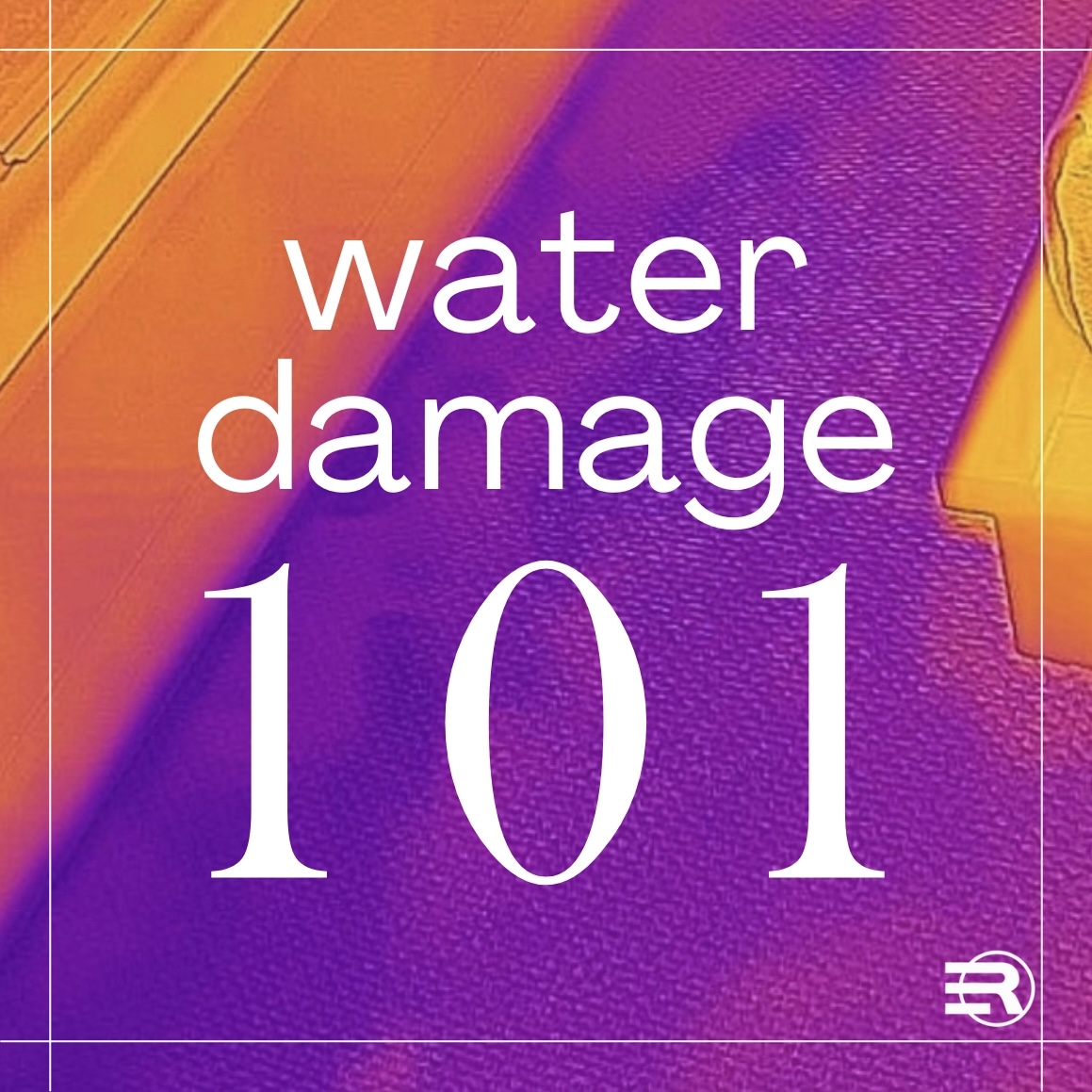If you’ve had a flood or water damage, here are the immediate steps to take while you wait for your professional water restoration company to arrive.
In this post, we discuss the critical actions homeowners should take in the aftermath of a flood. This includes safety precautions, contacting professionals promptly, and initial steps to mitigate water damage before restoration experts arrive.
–
A sudden flood can be a homeowner’s worst nightmare, causing not only immediate damage but also leaving a trail of potential long-term issues. Knowing the immediate steps to take after a flood is crucial for minimizing the impact on your property and ensuring a smoother recovery process.
Let’s delve into Water Damage 101, providing a comprehensive guide on the immediate actions you should take after a flood.
While immediate actions are vital, first and foremost if you’ve experienced a water damage loss, CALL US! The expertise of water damage restoration professionals is irreplaceable to assess the situation, conduct a thorough inspection, and implement advanced drying and restoration techniques.
You may be tempted to DIY all of the cleanup, but it’s important to have a professional remediation team swiftly put together and implement a cleanup plan before mold becomes a secondary hazard. If mold growth has already set in, DO NOT attempt to clean it up on your own, as this can disturb the spores and cross contaminate your entire living space, leading to further necessary cleanup.
Once you’ve called us, here are the next steps to take to secure your home after a flood and help prevent further damage.
1. Ensure Safety First
Before diving into any cleanup efforts, prioritize safety. Turn off the power supply to affected areas to reduce the risk of electrical hazards. If floodwaters are still present, avoid contact, as they may be contaminated. If evacuation was necessary, wait for official clearance before returning home.
2. Document the Damage
Once it’s safe to do so, document the extent of the water damage. Take photographs or videos of the affected areas for insurance purposes. This visual record will be invaluable when filing a claim, providing clear evidence of the initial damage.
3. Remove Water Quickly
Time is of the essence when dealing with water damage. If you have the ability to do so, begin by removing standing water using pumps, wet vacuums, or buckets. The longer water sits, the greater the risk of structural damage and mold growth.
4. Open Windows and Use Fans
Promote ventilation and aid the drying process by opening windows and using fans. Increased airflow helps to reduce humidity levels, preventing mold growth. Mold can begin to develop within 24-48 hours of water exposure, so swift action is essential.
5. Salvage What You Can
While some items may be a total loss, try to salvage valuables and sentimental items. Remove wet furniture, rugs, and personal belongings to a dry area. These are the fastest items that can begin to grow mold. The quicker you can remove items from the water, the better chance they have of being restored.
Once we arrive on site, we will assess the situation, conduct a thorough inspection, and implement advanced drying and restoration techniques.
If you plan to file an insurance claim, after we’ve made our initial assessment we can guide you through the process of working with your insurance company to provide the necessary documentation for your claim. They will require detailed information and documentation of the affected areas, which we can help you to obtain.
In conclusion, understanding the immediate steps to take after a flood is paramount for mitigating water damage and setting the stage for a successful recovery. By prioritizing safety, documenting damage, and taking swift action along with the help of a professional flood cleanup company, homeowners can navigate the challenges of water damage more effectively. Remember, a quick response not only minimizes immediate harm but also contributes to the long-term well-being of your home.
Call us for your water, fire, mold, and roofing disaster restoration needs at 850-462-5135. We serve the Florida Panhandle, frequently serving Pensacola, Destin, Navarre and Panama City. We hope you don’t need us, but we would be honored to help you if you do.

Be The First To Comment